Often when a patient comes in with back pain, they ask the question, “Do I have scoliosis?”
Scoliosis is a curvature and a rotational deformity of the spine. By definition, the curvature of the spine should be at least 10°.
There are 2 Types of Scoliosis:
1. Adolescent Onset Scoliosis
The standard case of scoliosis usually occurs during a growth spurt right before puberty. However, it is possible that the condition may not be caught until adulthood when the symptoms become more problematic. While the cause of adolescent onset scoliosis can be attributed to birth defects, a spinal injury, muscular dystrophy, or cerebral palsy, the cause of most pediatric cases is unknown. It has also been determined that scoliosis can be genetically related.
Treatment is based on the age of onset and the degree of the curve. This can range from simple observation and bracing, to complex invasive surgery. If caught early on, the issue can most likely be resolved. Uneven shoulders, hips or waist are signs of scoliosis.
2. Adult Onset Scoliosis
Also known as degenerative scoliosis, this form of the condition typically affects those 50 or older. Adult onset scoliosis can slowly occur over time with age. In fact, it is normal to experience a form of degeneration when it comes to facet joints and intervertebral discs. As we age, this kind of deterioration is also known to cause osteoarthritis as well as degenerative disc disease.
According to a recent study, “at least 60% of the population over age 60 has at least mild degenerative scoliosis.” While adult onset scoliosis is fairly common, in some cases it may be accelerated, resulting in severe symptoms.
Symptoms include a dull back ache and sciatica like sharp shooting pains originating in the lower back or buttock, usually on one side. This can make it difficult to move or walk. Treatment options are often nonsurgical and involve physical therapy, medication, as well as avoiding overly strenuous activities.
If you or a loved one is experiencing back pain, make an appointment with the Orthopaedic Specialists by calling us at 502-212-2663 or using the contact form online. Dr. Stacie Grossfeld is a trained orthopedic surgeon who is double board-certified in orthopedic surgery and sports medicine.


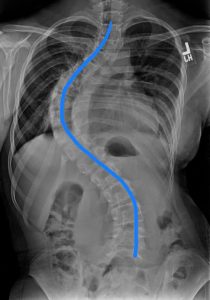
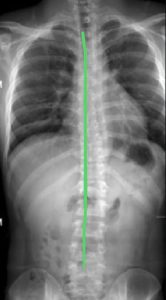
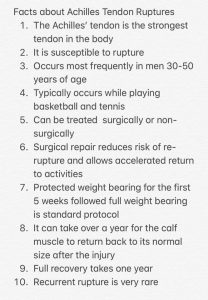
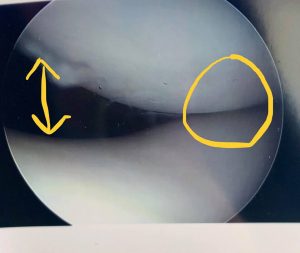
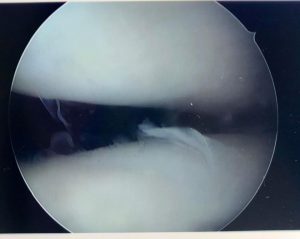
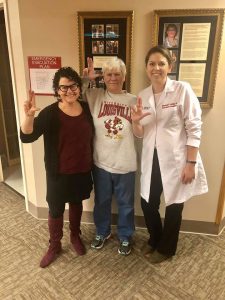
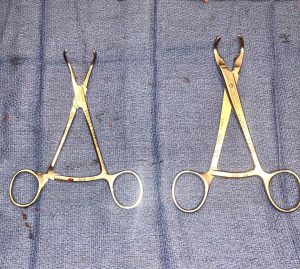
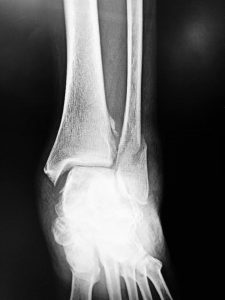
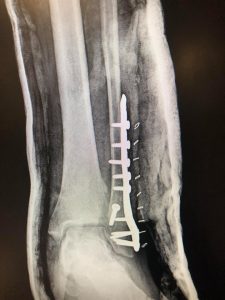
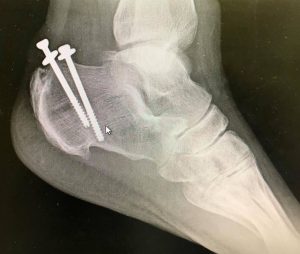
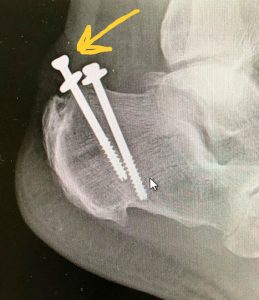

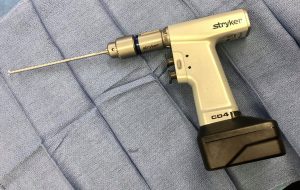
Recent Comments